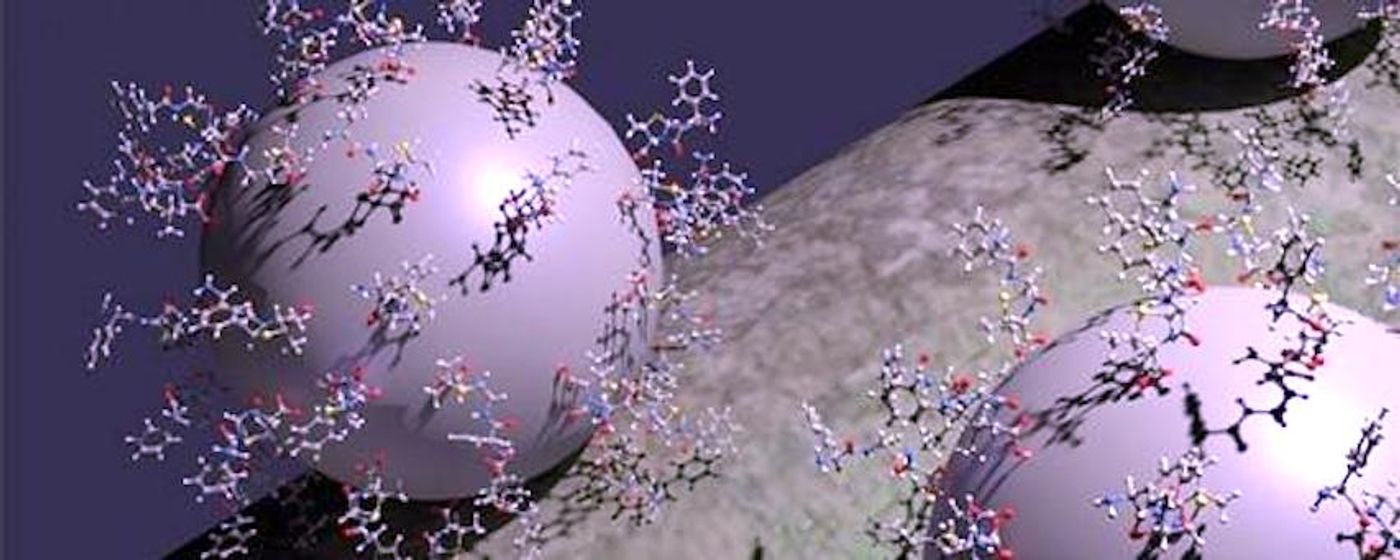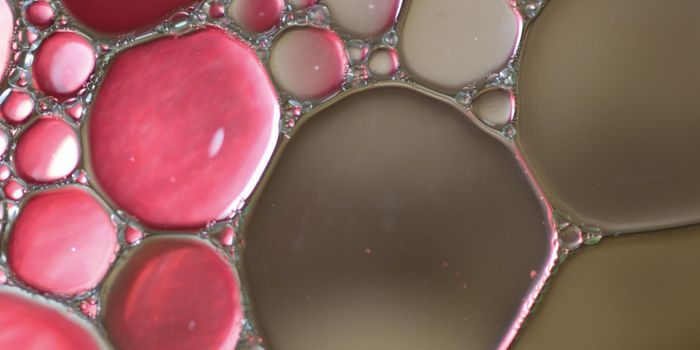Nanoparticles Take aim at Antibiotic-resistant Bacteria
Researchers are trying a new approach to fight antibiotic-resistant bacteria; they have placed an antibiotic layer around nanoparticles made up of silver and silica. While silica could be toxic to human cells, the chemical properties of this newly created nanopharmaceutical only affect pathogens and are harmless to organisms.
"We used the antibiotic as a sort of bait to have the nanoparticles target the bacteria with a significant amount of the drug. The combined action of the drug with the silver ions proved capable of killing even resistant microorganisms," explained Mateus Borba Cardoso, a researcher at the National Energy & Materials Research Center (CNPEM).
This work, published in Scientific Reports, is part of a bigger plan to examine ways to create nanoparticles with selective efficacy. Previous research has shown that chemotherapy could be improved upon with nanoparticles that carry anti-cancer drugs right to malignant cells while ignoring healthy cells. This work could have implications for HIV as well; nanoparticles may be able to inactivate the virus in blood supplies, for example.
"There are commercial drugs that contain nanoparticles, which typically serve to coat the active ingredient and extend its lifetime inside the organism. Our strategy is different. We decorate the surface of the nanoparticles with particular chemical groups that direct them to the site where they're designed to act, so they're highly selective," Cardoso explained.
For this new work, the investigators developed a plan to make nanoparticles using a silver core that is coated with a porous silica, which allows ions to move through. An antibiotic - Ampicillin - was also carefully arranged on the surface in a very particular way, for a specific reason, Cardoso said.
"We used molecular modeling to find out which part of the ampicillin molecule interacted most with the bacterial membrane," he said. "We then arranged all the molecules of the drug so that this key part was facing outward from the nanoparticle, increasing the likelihood of interaction with the pathogen."
With two different bacterial strains, the researchers next compared the efficacy of the synthesized nanoantibiotic. The researchers used a bacterium that can cause food poisoning but usually lives in the human digestive tract, Escherichia coli. One of the strains was a non-resistant strain, and when exposed to either drug, all the bacteria died. In the strain that carried antibiotic-resistance, only the nanoantibiotic was able to destroy the bacteria.
The investigators evaluated the safety of the synthesized nanoparticle, finding that the coated particle was not dangerous to human kidney cells. However, nanoparticles that weren't coated with ampicillin were very toxic.
"Confocal microscopy images show that besides being non-toxic, the nanoparticle coated with ampicillin doesn't interfere with the cell cycle. The phases of mitosis take their course without any alterations," Cardoso said. He suggested that it may be possible to use this same strategy to fight other resistant bacteria. It could also be possible to add different drugs to the surface of the nanoparticle. However, these nanoparticles are inorganic, meaning they could accumulate inside of an organism, like people, over time.
"We don't yet know where the build-up occurs or what effect it has," Cardoso noted. "To find out, we'll need to do tests in animals. In any event, we're continuing to improve the system to make it safer."
Using something other than a silver core is one potential solution, or creating a nanoparticle that is so small, it passes in urine. However, Cardoso said the nanoparticle is useful right now in the treatment of dire cases that are not responding to any treatments.
Check out the video above for more on targeted therapies using nanopharmaceuticals.
Sources: AAAS/Eurekalert! via FAPESP, Scientific Reports









